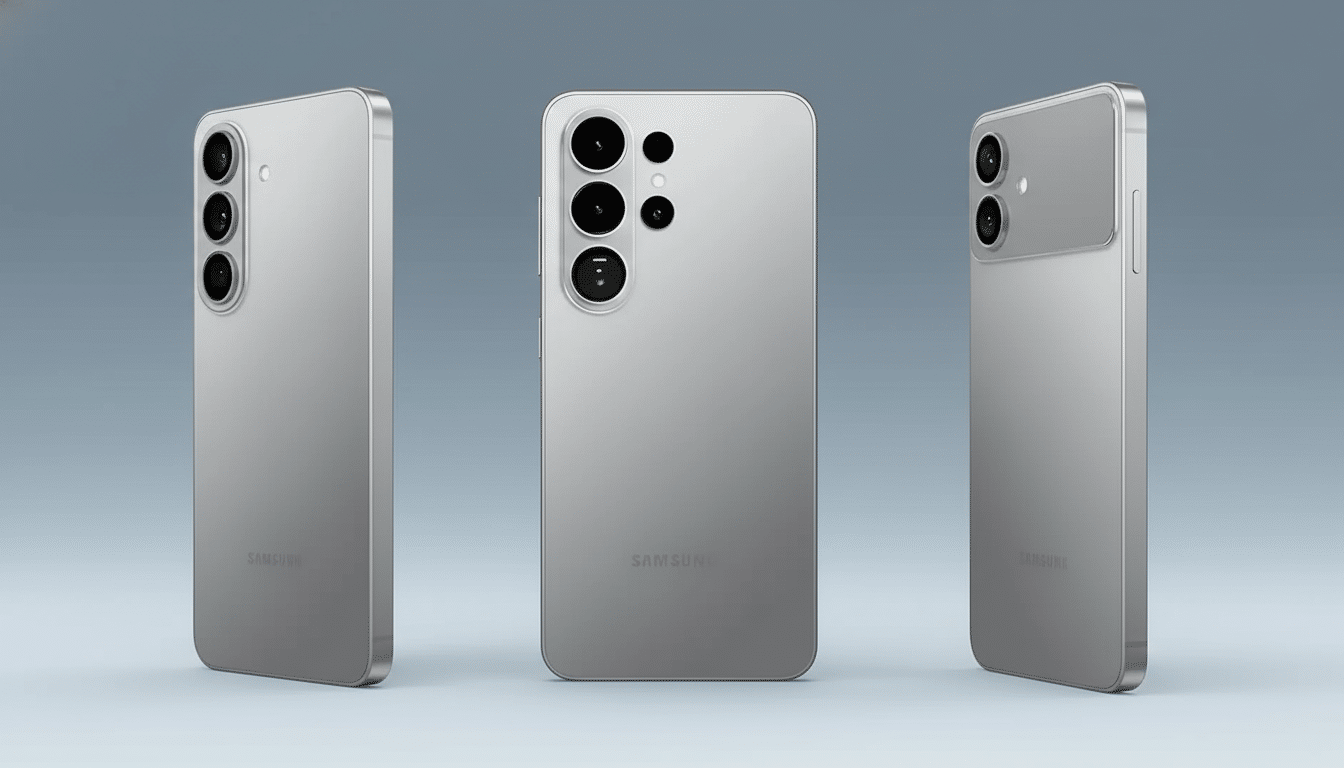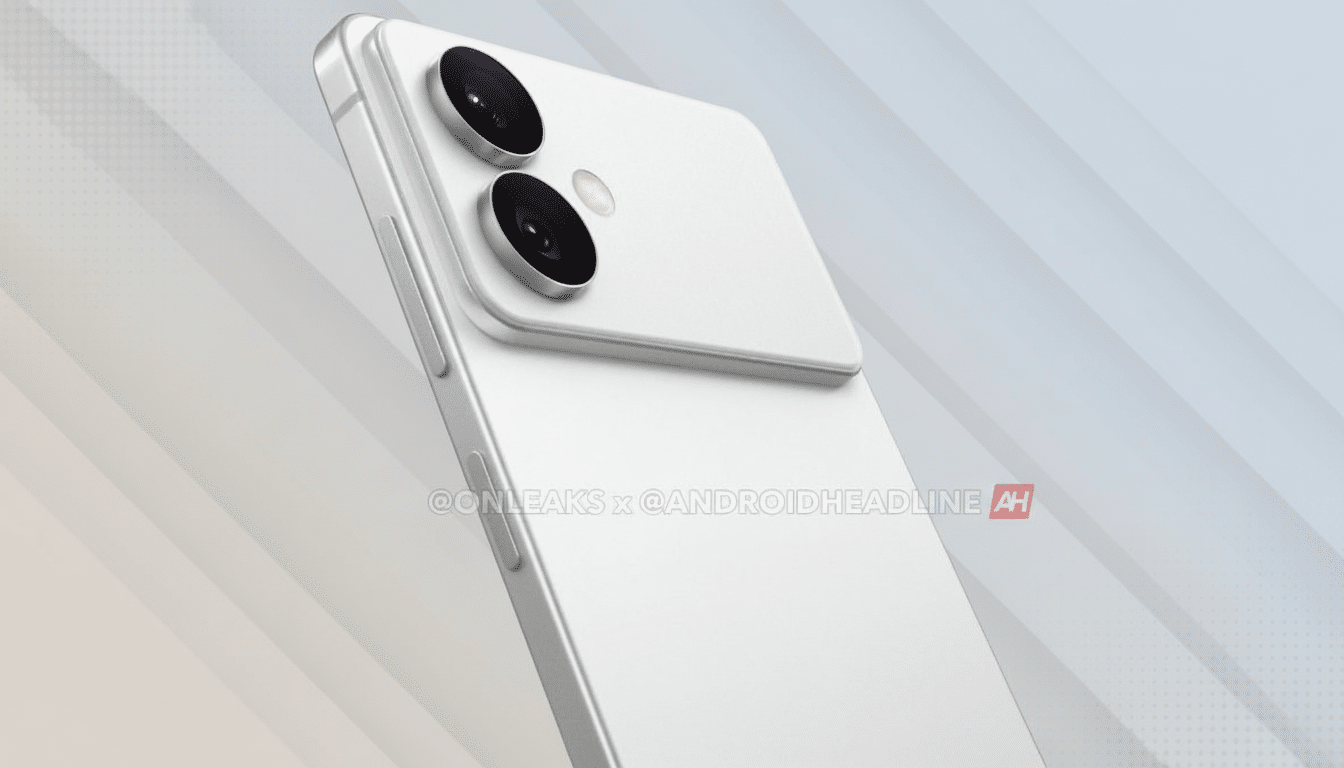Three months after debuting its incredibly thin Galaxy S25 Edge, recent reports suggest that Samsung has stopped manufacturing the even leaner model it had planned for release as the Galaxy S26 Edge. That’s a fast about-face for a product created to catch up with the thin-and-light trend. Was the call a pragmatic course correction, or a missed opportunity to construct an entirely new category?
The data sketch a grim picture. According to industry reporting, the S25 Edge sold somewhere in the neighborhood of 1.31 million units between May and August. In the same time period, the core S25 lineup blew past it: around 8.28 million for the standard model, 5.05 million for the Plus, and an estimated 12.18 million for the Ultra. The Edge had been asking premium money — priced at around $1,100, some $100 more than the S25 Plus — and delivering compromises too many buyers felt.

Why Samsung pulled the plug on the Galaxy S26 Edge plan
Oh, and yes, there’s also a not-insubstantial portfolio overlap. The S25 Plus already caters to the large-screen mainstream buyer. The risk of adding a pricier, thinner model that falls behind on battery life and camera flexibility is internal cannibalization, not category expansion. In that case, trimming the successor prevents splitting marketing and R&D attention with another flagship cycle approaching.
Analysts with IDC and Counterpoint Research have observed that the premium market seems to be consolidating itself around two poles: ultra-flagships, featuring everything but the kitchen sink in terms of features; and foldables because, hey, they’re nothing like traditional slates! “Thin-and-light at any cost” has had difficulty generating its own growth driver, particularly in a category that still requires trade-offs people feel daily — battery life, thermal performance.
Sales trajectory and the price math behind the decision
The big share of lifetime sales for most flagships is the first 8–12 weeks. By the end of August, Samsung knew whether the Edge concept had caught on. The early run rates proved otherwise: even the S25 Plus, the lowest-selling of the three base models, outpaced the Edge several times over, while launching in an earlier slot in 2021.
Pricing compounded the problem. At about $1,100, the Edge was more expensive than the better-balanced S25 Plus. Consumers often accept trade-offs when they receive a sizable discount in return; here, the calculus was reversed. Counterpoint estimates the premium segment now accounts for over 60% of industry revenue, though value signaling is still important. Had the Edge cost $100 less than the Plus, its case might not have felt so muddled.
Design trade-offs that hinder adoption for thin phones
Ultra-thin phones have a thin engineering envelope. To cut millimeters, you slash battery capacity (or stack height), trim thermal budgets, simplify camera modules. Reviews in the tech press also mentioned that the Edge had inferior sustained performance under load, less thermal headroom, and a less versatile camera setup than its sibling devices. The upshot: a phone that was pretty on paper, but lagged in the day-to-day benchmarks buyers care about.
And thermals are, of course, punishing in a small, narrow case. With reduced interior volume to work with, the vapor chamber and heat spreader have to do more with less. Add modern flagship chipsets increasingly pushing higher sustained clocks, and now you’re more likely to find yourself throttling. Battery anxiety, then, multiplies: when you make bodies thinner, there are fewer ways to preserve capacity while meeting weight targets.

Could It Have Worked With A Second Iteration?
Possibly. There would have been clear concessions that would sting: a higher-silicon-anode battery chemistry for increased energy density, a larger vapor chamber, and parity with the camera on the Plus model. Significantly, the price should have fit its part — put it under the Plus, not above. That gives shoppers the “okay” to embrace the thin-and-light identity as an intentional choice, not a punishment.
Timing also mattered. Shuttering the line after about five months also robs it of the opportunity to bounce back in peak holiday promotions, when slashing discounts can sway buyer behavior. IDC has shown that premium volumes can turn on a dime late in the year with value-priced devices, even for models that were slow starters.
There’s precedent for patience. Early foldables were hobbled by reliability issues, niche appeal, and too-soon-for-prime-time status, but incremental iteration and much clearer positioning turned them around. Samsung itself demonstrated the power of staying the course — while fixing fundamentals — in turning what might have been great toeholds into new profit pools.
The bottom line on Samsung’s Galaxy S26 Edge decision
From the balance sheet, Samsung’s decision appears defensible: tepid early sales, a confused value story, and a saturated flagship stack do not make for investments that are going to work out over time.
Strategically, however, the company may have ceded a possible long-term lane at the very moment when rivals are investigating “Air” and “Ultra Light” concepts.
Should there be an ultra-thin flagship, the recipe is obvious. Keep the battery competitive, harness extra thermal headroom, perhaps offer camera parity with the mainstream siblings, and use price to affirm its place. Without that, canceling was the obvious — if unromantic — call.

